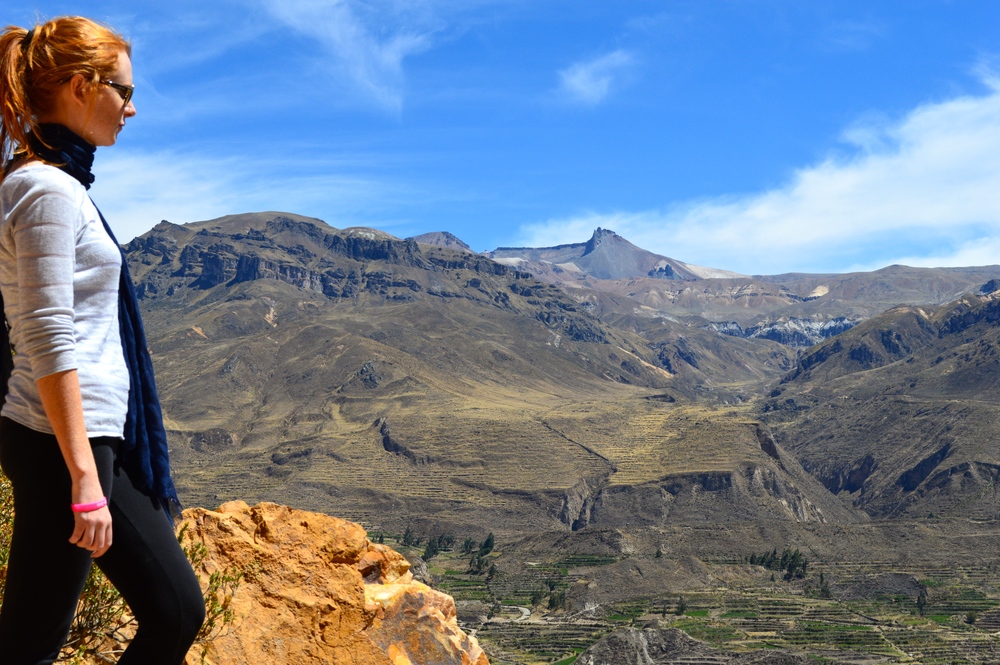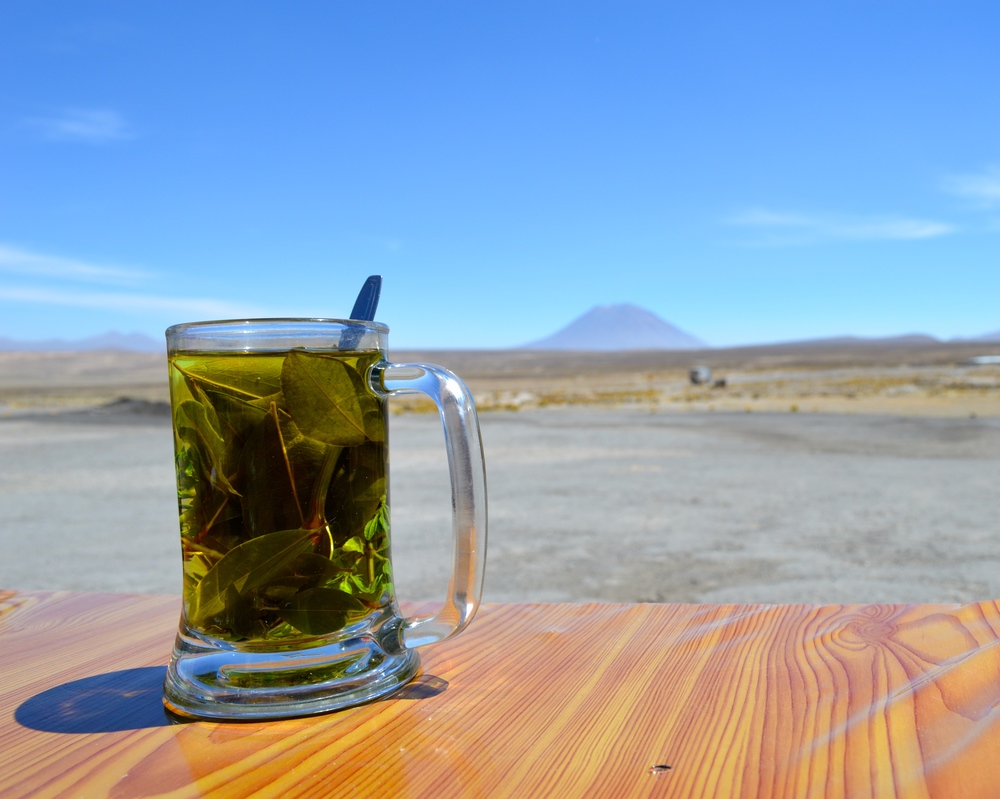HOW TO PREVENT ALTITUDE SICKNESS IN PERU
HOW TO PREVENT ALTITUDE SICKNESS IN PERU
Altitude sickness is a legitimate concern for anyone traveling through the incredible landscapes of Peru. There’s a lot to see and you do not want to miss a day exploring because you got sick. Unfortunately, I had that experience and missed out on Lake Titicaca, as a result of a combination of altitude sickness, motion sickness (the roads in Peru are pretty nauseating especially for someone susceptible to motion sickness like me) and possibly some food that didn’t agree with me. Disclaimer: I’m probably not the best person to travel with, given my sensitive stomach and motion sickness woes!
The Traveling Ginger is a participant in the Amazon Services LLC Associates Program, an affiliate advertising program designed to provide a means for us to earn fees by linking to Amazon.com and affiliated sites. There may be other affiliate links for other products and services on this page and throughout the site. These affiliations allow me to earn a small commission or compensation if you click the link and make a purchase through me. I only promote products, services, companies and experiences that I genuinely believe in and approve of.
Altitude sickness occurs when traveling to a highly elevated destination. As I had not researched, I believed I really just needed it before I traveled to Machu Picchu. Ironically, apart from Lima, Machu Picchu turned out to be our lowest elevation destination! In my trip to Peru I traveled through Lima, Arequipa, Chivay, Colca Canyon, Puno, Cusco and the Sacred Valley. Most of these areas exceed 3000m in elevation, so it’s a good idea to figure out when you will start to hit elevation and prepare in advance. Altitude sickness can include the following symptoms:
Headaches
Nausea
Dizziness
Tiredness
Difficulty sleeping
Loss of appetite
Some people develop more serious symptoms, which need medical attention, but most people have only the usual symptoms. The usual symptoms can be enough to take you out for a day though, so it’s good to prepare! Here are some tips to survive or even prevent altitude sickness while traveling through the higher elevations in Peru:
1. Take it easy and slow
Acclimatization is key to preventing altitude sickness. If it’s possible, ascend high elevations slowly. I’m not sure if I followed this advice a lot. We didn’t fly into higher elevations for the most part, but we did drive through elevated areas, ranging from 2300 to 4900m in one day. But taking it easy on the day is a good option. Lots of rest is key.
2. WATER! Agua ~ sin gas!
Plenty of water is key. You can quickly get dehydrated at high altitudes and this makes everything a lot worse. Water may be relatively cheap in Peru, but that’s a good thing – because you need to drink a lot of it. You should increase your intake of the recommended 2l per day to 3-4l per day. Staying hydrated was key for me!
3. Avoid alcohol
I know, you’re on vacation, its time to relax and have a drink. Almost every other traveler I have spoken to about altitude sickness says this: do not drink the day before or while acclimatizing. It makes the experience miserable.
4. Altitude sickness medication
A lot of travel doctors will prescribe medication to help with acclimatization. Acetazolamide (Diamox) is the common option. Truthfully I'm not sure how much it helped. That’s not to say it didn’t help. Upon reaching higher altitudes I felt fine, other than a bit more short of breath when walking. But I also got sick the next day. But I also think this is due to a combination of motion sickness (bus drive all day, and Peru’s mountainous roads are more than windy enough) and some food possible not agreeing with me. So I am on the fence with altitude sickness!
5. Coca leaves, coca tea and coca candies
Chewing on coca leaves is a traditional way of combating altitude sickness, and the locals use this method. These plants have been cultivated in the Andes for thousands of years and who been used by the people who have lived there for a number of their awesome properties (not those cocaine-related properties ok!) It is recommended to chew the leaves or drink the teas before and during acclimatization at high altitudes. I genuinely believe this helps, and loved trying it. The leaves are something to get accustomed to, and I did not enjoy the sensation it left in my mouth (I spat it out after ten minutes) but the tea was really good. We enjoyed some coca tea at a lunch spot in the middle of the Reserva Nacional Salinas y Aguada Blanca, with a view of the volcano!
There is a special way to chose these leaves, which involves selecting a few, chewing them (do not swallow them!) and leaving them as a ball in your cheek. I do not trust my memory to share with you our tour guides instructions, so definitely ask a local! You can also get coca candies to suck on which tasted a bit better than the leaves!
Have you experienced altitude sickness or been really ill on a trip? How do you handle it and what is some of your advice? Let me know in the comments! :)











